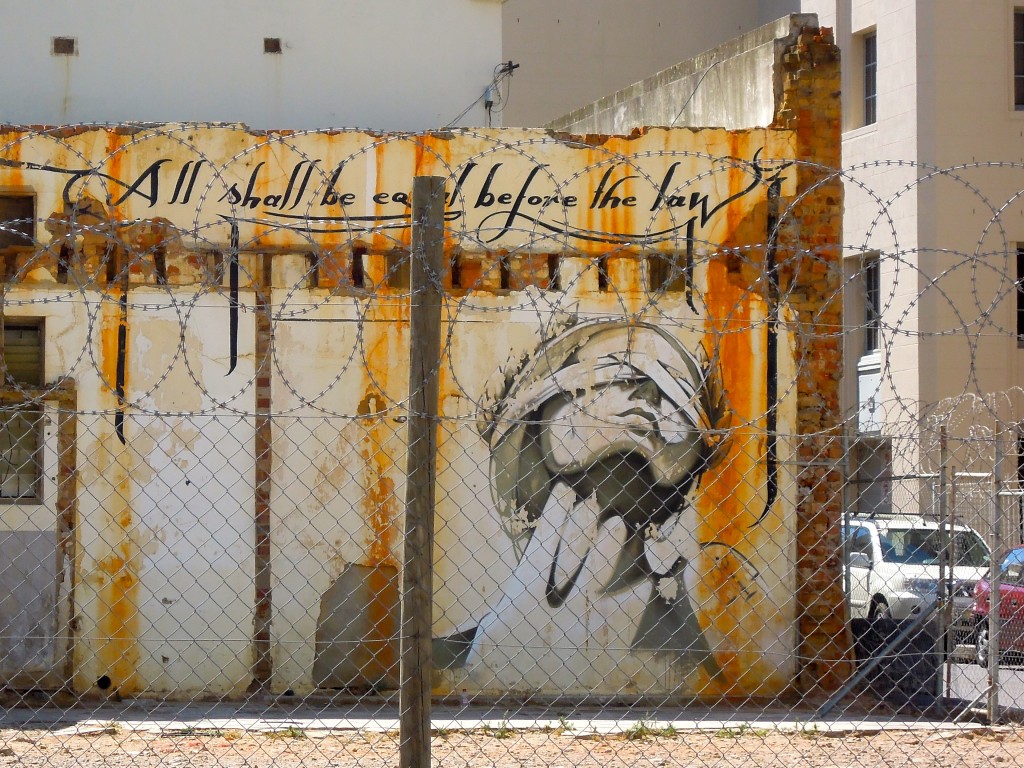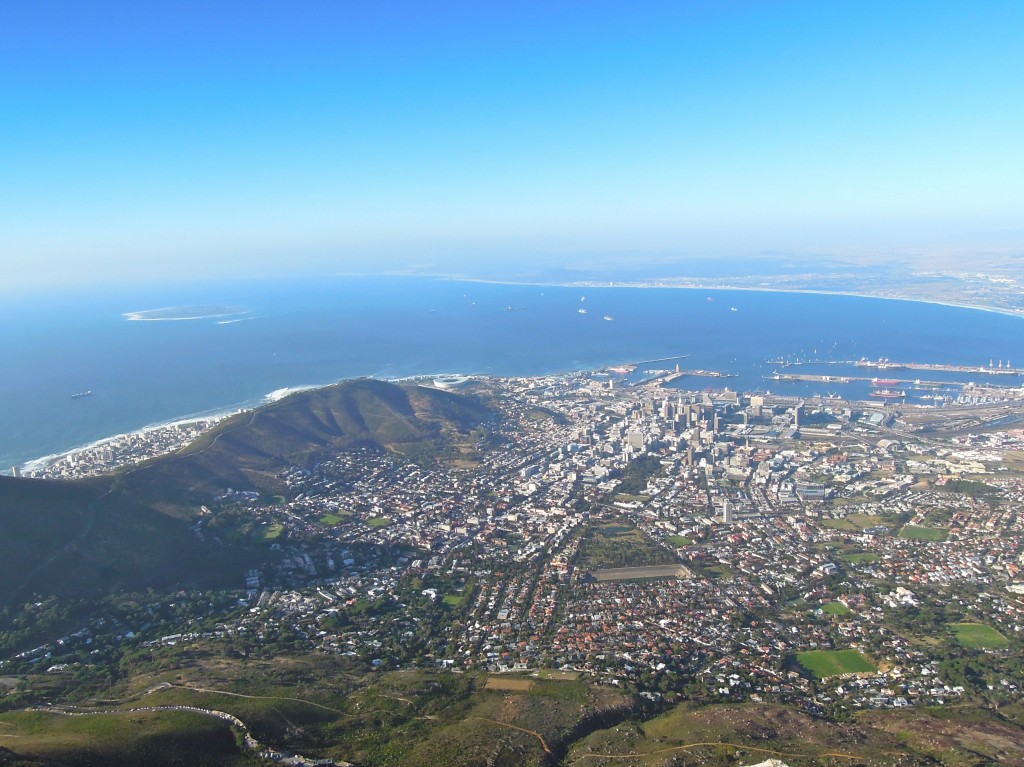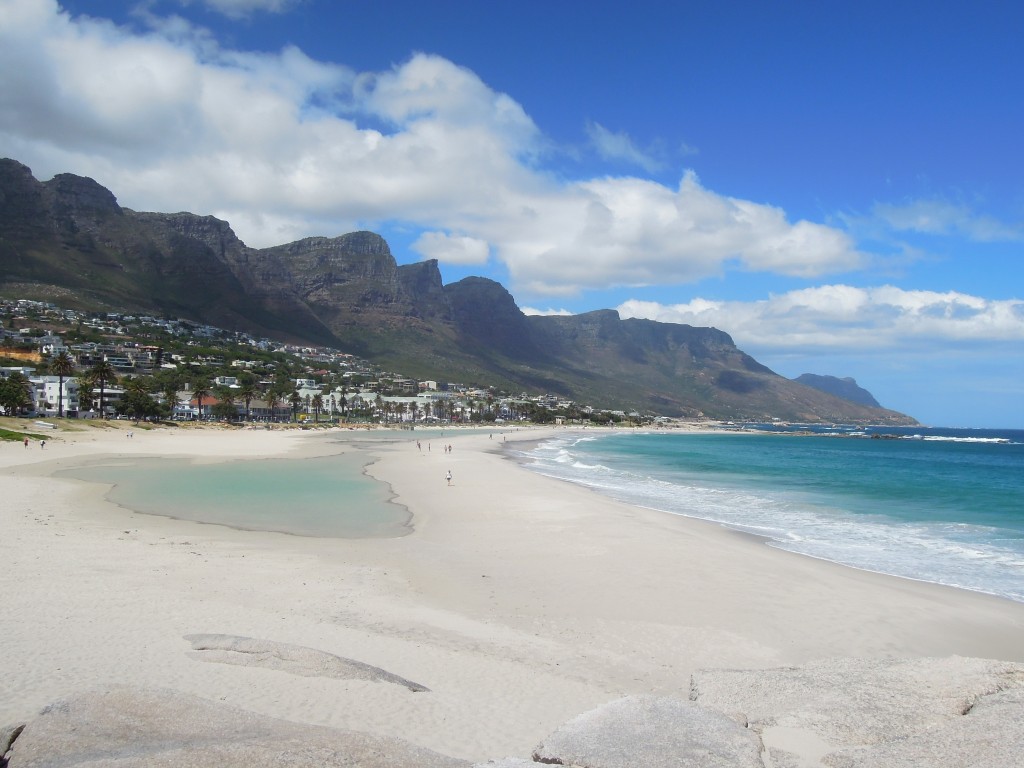In Cape Town today the old and the new sit side-by-side, where natural beauty and poverty are sharply contrasted.
As the most westernised city of southern Africa, Cape Town is a good starting point for travellers new to this massive continent. English is one of the 11 national languages, along with the Dutch-based Afrikaans, and native language Xhosa, which incorporates the clicking of the tongue. Public transport around the city is reasonably easy, as long as you’re home before dark, after which the trains stop running.
A common preconception of South Africa is that it’s a dangerous place to travel. Cape Town doesn’t hold the title of murder capital that Johannesburg does, but a little common sense, not being on the streets after dark, and not keeping few valuables on you will usually keep you safe.
Cape Town has long been a mixing pot of culture and different ways of life. The major port for Africa since 1652, the city is now in a position of one of the world’s busiest trade routes. Today, 19 years after apartheid ended, inequality is still deeply ingrained in this complex society. The Black Economic Empowerment (BEE) policy, introduced after the end of apartheid, aimed to bring more equality to employment by better representing the different demographics of the country.
The underside of this stunningly beautiful city are the kilometres of townships that spread out from the city centre.
Millions of people live in tin shacks, hoping to find work in the city. Fires regularly destroy whole sections of these townships, forcing its residents to rebuild from scratch. While the government has begun putting in electricity in some of the nearer townships, the scale and sheer enormity of the problem is overwhelming. Those who do have jobs in the farms around Cape Town are now paid R105 a day (about AUD$10), after recent strikes gained the workers a measly R25 pay rise a day.
There are tours of the townships available, but some question the ethical dilemma of using the townships as a tourist attraction. A better option is to go to one of the few restaurants that have been set up, such as Mzoli’s in the Gugulethu township.
If you’re lucky enough to be invited to a braii, don’t pass up the opportunity to partake in this iconic South African pastime, as ubiquitous as the BBQ in Australia. Meat is usually cooked over a coal fire, and braiis are basically a social occasion, enjoyed by all South Africans.
The natural beauty of Cape Town is inescapable, predominantly through the looming Table Mountain that casts an impressive backdrop to the city centre. You can assail the massive structure either by cable car that runs every half hour in the summer if there’s little wind or by climbing up one of the set routes, which should take about two hours. It’s not an easy climb, but the view at the top is certainly worth it.
There are beaches galore here – with long stretches of deserted sand only 20 minutes drive from the city. With the variety and beauty of beaches, surfing culture is a big thing here. Camps Bay and Kommetjie Beach are two of the best.
Cape Town is the capital of cool, and there’s always some sort of festival or celebration going on. The nightlife is as varied and eclectic as the people of this vibrant city. At the weekend Long Street overflows with life, however it pays to be careful with drinks, as there have been quite a few reports of drink spiking. Lower Main Road in Observatory also has a quirky collection of small bars and pubs.
A good starting point for visitors to Cape Town is the V & A Waterfront, home to a Ferris wheel, the largest shopping centre in Cape Town, and an abundance of outdoor eateries and live music.
Whether you’re staying for two days or two months, Cape Town is a city that always has something to offer.



